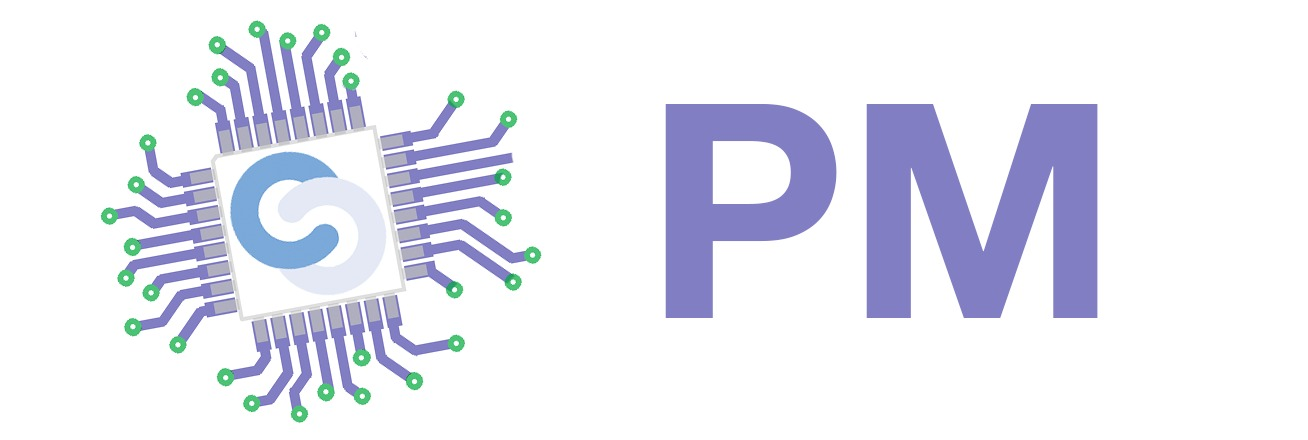Temperature Sensor
Author: Ionita Diana
Introduction
While switches and buttons are great, there's a lot more to the physical world than on and off. Even though the Arduino is a digital tool, it's possible for it to get information from analog sensors to measure things like temperature or light. To do this, we take advantage of the Arduino’s built-in-Analog-to-Digital Converter (ADC). Analog in pins A0-A5 can report back a value between 0-1023, which maps to a range from 0 volts to 5 volts.
General Description
This uses a temperature sensor to measure how warm the skin is. This component outputs a changing voltage depending on the temperature it senses. It has three pins: one that connects to the ground, another that connects to power, and a third that outputs a variable voltage to your Arduino. In the sketch for this project, we read the sensor's output and use it to turn LEDs on and off, indicating how warm you are. There are different models of the temperature sensor. This is convenient because it outputs a voltage that changes directly proportional to the temperature in degrees Celsius.
Block diagram:
Hardware Design
Components list:
- Arduino Uno
- Breadboard
- Resistor
- Buzzer
- Temperature Sensor
- LCD i2c
- Led
Electric schematic:
Software Design
I used the library LiquidCrystal_I2C.h in order to display on the I2C LCD the temperature. I am running the sketch TemperatureSensor.ino to make this work. I have initialized the pins for the temperature sensor and piezo. Then, in setup() I initialized the LCD i2c and I declared the pins for each LED. In loop() I read the value from the temperature sensor. By using 3 if's I set the LEDS to turn on based on the temperature.
Obtained Results
This is the final result. On the screen you can see the value of the temperature. Based on this value, the green LED turned on and the buzzer made a specific sound:
Journal
22.04.2022 I chose the theme for my project.
27.04.2022 I ordered Arduino Starter Kit.
30.04.2021 I assembled the project “Temperature Sensor”.
07.05.2021 I ordered pieces for Arduino (buzzer, wires and so on).
12.05.2021 I modified the project “Temperature Sensor”.
19.05.2021 I created the wiring diagram.
27.05.2021 I modified and finalised the documentation.
Conclusions
To sum up, this project was a challenge for me. I've never worked with Arduino before and I was glad to have the chance to experience this! I enjoyed the whole learning process a lot and I am looking forward to finding out more about Arduino.
Bibliography/ Resources
Bibliography:
Arduino Starting Kit Book




